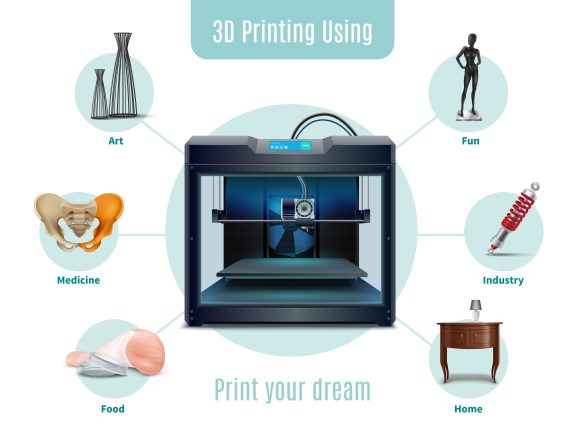Introduction
The Power of Playful Learning
Playful learning is a cornerstone of childhood education, fostering curiosity, creativity, and engagement. 3D printed toys have emerged as valuable tools in educational settings, transforming learning experiences and enhancing student outcomes. In this article, we explore the impact of 3D printed toys in education and how they contribute to the development of essential skills.
Hands-on Exploration and Discovery
Tangible Learning Experiences are
3D printed toys that provide students with hands-on learning experiences that promote exploration and discovery. By designing and fabricating their own toys, students actively engage in the learning process, applying concepts from various subjects such as math, science, and design. This tangible approach helps solidify understanding and encourages a deeper connection with the content being taught.
Problem-Solving and Iterative Design
The process of designing and printing toys involves problem-solving and iterative design, which are vital skills for students to develop. They learn to identify challenges, brainstorm solutions, and refine their designs through trial and error. This iterative process instills resilience and critical thinking, as students learn to persevere and adapt their designs based on feedback and evaluation.
STEAM Integration
Bridging Disciplines
3D printed toys provide an ideal platform for integrating STEAM (Science, Technology, Engineering, Arts, and Mathematics) disciplines in education. Students can explore concepts from multiple fields as they design and fabricate their toys. They learn to apply mathematical principles, understand engineering concepts, harness technological tools, and unleash their artistic creativity. This interdisciplinary approach nurtures a holistic understanding of the world and prepares students for the complexities of the modern workforce.
Project-Based Learning
With 3D printing toys, project-based learning becomes an immersive and engaging experience. Students can embark on extended projects that involve research, design, prototyping, and presentation. This hands-on approach fosters teamwork, communication, and problem-solving skills as students collaborate on real-world challenges. The process of bringing a toy from conception to completion encourages creativity, self-direction, and a sense of ownership over the learning process.
Personalized and Inclusive Learning
Catering to Diverse Learning Needs
3D printed toys offer opportunities for personalized and inclusive learning experiences. Students with different learning styles and abilities can engage with the content through hands-on exploration and creative expression. The customization options of 3D printed toys allow educators to adapt activities to individual student’s needs, ensuring that every learner can actively participate and succeed.
Empowering Student Agency
By involving students in the design and creation of their own toys, 3D printing empowers student agency in the learning process. Students become active participants, taking ownership of their education and developing a sense of pride in their accomplishments. This empowerment fosters motivation, self-efficacy, and a lifelong love for learning.
Conclusion
The integration of 3D printed toys in education has the potential to transform learning experiences, making education more engaging, interactive, and inclusive. By promoting hands-on exploration, problem-solving, interdisciplinary learning, and personalized experiences, 3D printed toys empower students to develop essential skills for the future. As educators continue to embrace the possibilities of 3D printing, we can anticipate a shift towards more student-centered and immersive learning environments that inspire curiosity, foster creativity, and prepare students for the challenges and opportunities of the 21st century.
